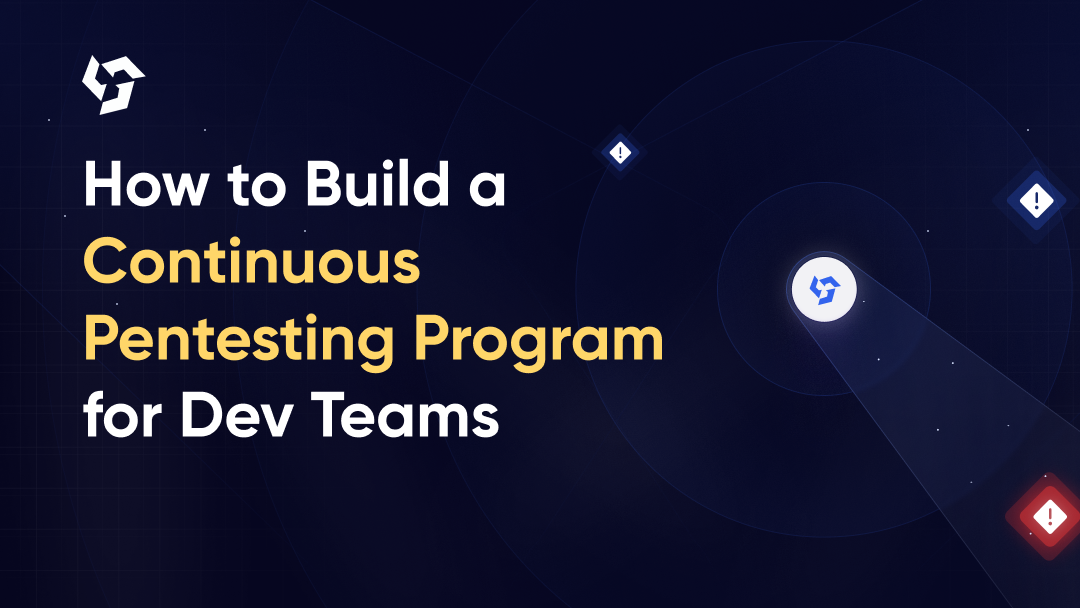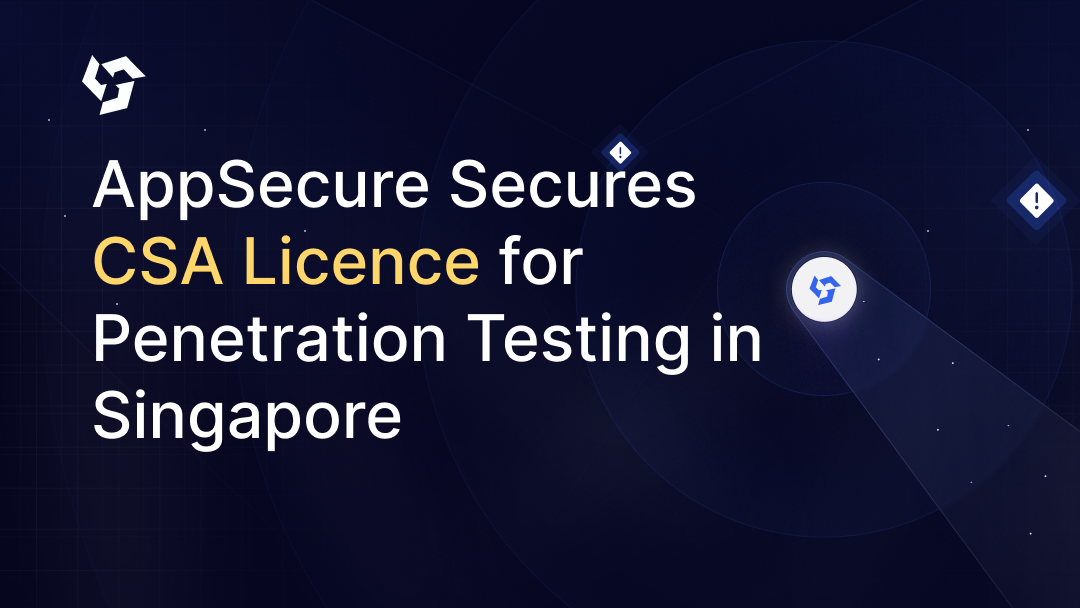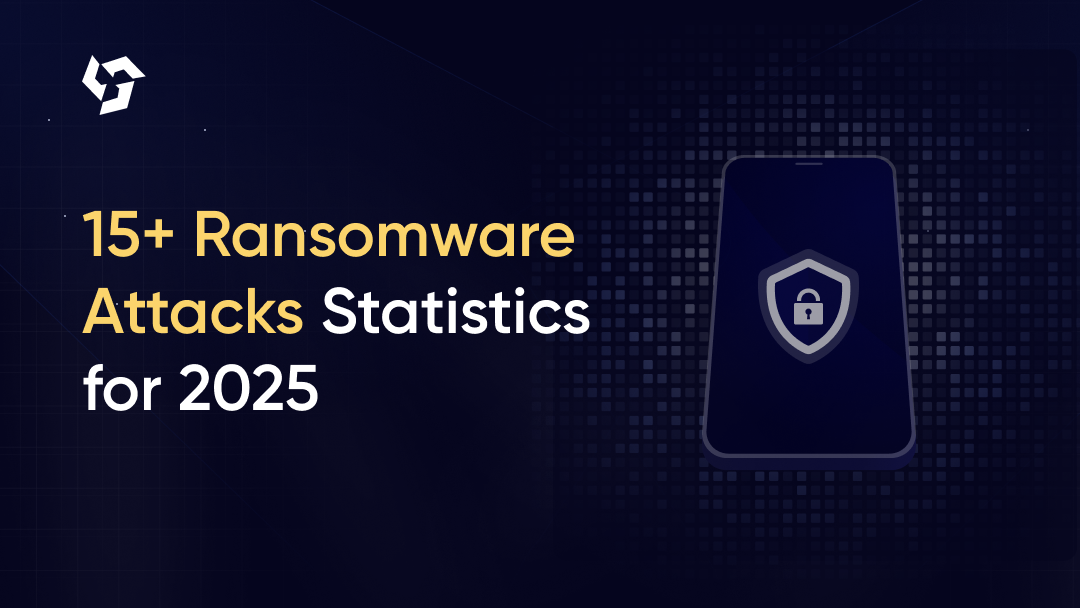Traditional security testing approaches are falling short, and modern cyber threats evolve faster than annual or quarterly assessment cycles can keep pace with, leaving organizations perpetually one step behind attackers. Even more concerning is the persistent challenge of Red and Blue teams operating in silos, creating dangerous blind spots that sophisticated adversaries quickly exploit.
Purple Teaming emerges as the solution to this critical gap. By fostering shared goals, shared visibility, and shared learning between offensive and defensive security teams, organizations can build resilient detection and response capabilities that actually work when it matters most. This framework offers a clear and actionable approach to conducting Purple Team exercises, thereby strengthening real-world detection engineering and incident response maturity.
What Is a Purple Team Exercise?
Purple Teaming represents a fundamental shift in how organizations approach security validation. Rather than treating offensive and defensive security as separate functions, a Purple Team exercise is a collaborative assessment model where Red and Blue teams work together in real time to improve security outcomes.
The core philosophy behind Purple Teaming moves away from the adversarial "us versus them" mentality. Success isn't measured by whether the Red team penetrates defenses or the Blue team blocks attacks. Instead, success is defined by measurable improvements in detection engineering capabilities and response maturity. This collaborative approach is built on three key principles: transparency between teams, real-time collaboration during execution, and measurable security gains that can be tracked and reported.
Unlike traditional Red Teaming, where offensive activities remain covert until final reporting, Purple Teaming operates with full visibility. This transparency enables immediate feedback loops, allowing security teams to tune detections, adjust response procedures, and validate improvements within the same session.
When Organizations Should Use Purple Teaming
Purple Teaming delivers the greatest value in specific organizational contexts. After major infrastructure or architectural changes, such as cloud migrations or new product launches, existing security controls and detection logic may not adequately cover the new attack surface. Purple Team exercises provide rapid validation of security posture in these transformed environments.
Organizations actively evolving their detection engineering capabilities benefit immensely from Purple Teaming. When implementing new SIEM rules, EDR configurations, or detection analytics, Purple Team exercises offer immediate validation and refinement opportunities. This approach is particularly valuable when previous Red Team or penetration testing results reveal inconsistencies or findings that security operations teams struggle to operationalize.
Regulated industries requiring continuous evidence of security testing effectiveness find Purple Teaming aligns well with compliance requirements. The documented, collaborative nature of exercises produces audit-ready evidence of security control validation. Additionally, running Purple Team sessions before or after full Red Team campaigns helps verify that SIEM and EDR platforms are properly configured to detect the attack techniques likely to be employed.
For organizations embracing continuous penetration testing methodologies, Purple Teaming serves as an essential component of ongoing security validation, enabling rapid iteration and improvement cycles.
Planning Your Purple Team Exercise
Define the Objective
Effective Purple Team exercises begin with crystal-clear objectives. Your goal might be validating a specific detection rule you've recently implemented, testing the full maturity of your kill chain coverage from initial access through data exfiltration, or strengthening incident response playbooks with realistic attack scenarios. The more specific your objective, the more actionable your outcomes will be.
Choose a Threat Scenario
Select attack scenarios that align with your organization's actual risk profile. Common high-value scenarios include malware execution pathways, phishing campaigns leading to initial access, lateral movement techniques across your network, privilege escalation methods, persistence mechanisms that survive system reboots, and data exfiltration channels. The scenario should reflect realistic threats your organization faces based on your industry, threat intelligence, and previous security incidents.
Map to a Framework
Grounding your exercise in established frameworks ensures comprehensive coverage and industry alignment. The MITRE ATT&CK framework provides the most widely adopted taxonomy for mapping adversary tactics and techniques. Alternatively, you might leverage internal detection maturity models that reflect your organization's unique security posture, or focus on enterprise-specific attack paths relevant to your SaaS applications, APIs, or cloud-native infrastructure.
For organizations with mature application security programs, integrating application-layer attack techniques into Purple Team exercises provides comprehensive validation across the technology stack.
Establish Rules of Engagement
Clear rules of engagement prevent misunderstandings and ensure exercises remain productive and safe. Define scope boundaries explicitly, identifying which systems, networks, and data are in scope versus off-limits. Document allowed versus restricted techniques, ensuring Red team activities remain within acceptable risk thresholds. Specify logging and telemetry requirements so all relevant data is captured for analysis. Finally, align on expected deliverables so stakeholders know what reports, recommendations, and artifacts will result from the exercise.
Execution: How Red and Blue Collaborate
Step-by-Step Flow
The execution phase follows a structured, iterative flow that maximizes learning and improvement. Red team begins by executing a defined ATT&CK technique against the target environment. Simultaneously, Blue team monitors their detection systems in real time, watching for alerts, log entries, and behavioral indicators associated with the attack.
Immediately following technique execution, both teams engage in a live discussion about what was observed. Did the detection trigger as expected? Was the alert clear and actionable? Were there partial detections that provided insufficient context? This real-time feedback is where Purple Teaming's true value emerges.
Based on this collaborative analysis, teams adjust SIEM rules, EDR configurations, or detection logic on the spot. The technique is then repeated to validate that improvements actually work. This rapid iteration cycle continues until the detection meets the established success criteria, creating immediate, measurable security improvements.
Making Collaboration Effective
Effective collaboration requires intentional communication structures. Full transparency eliminates surprises and ensures both teams operate with complete situational awareness. Screen sharing between Red and Blue team members allows everyone to see exactly what's happening in both the attack execution and detection environments.
Dedicated communication channels, whether through Slack, Microsoft Teams, or other platforms, provide a space for real-time discussion without cluttering primary operational channels. Shared dashboards displaying detection events, log data, and attack timelines ensure everyone maintains a common operating picture throughout the exercise.
Organizations implementing continuous pentesting for development teams can extend Purple Teaming collaboration to include engineering teams, enabling them to understand how their code and configurations impact detection and response capabilities.
What to Measure During Purple Teaming
Measurement transforms Purple Team exercises from qualitative discussions into quantifiable security improvements. Track your detection success rate by calculating the percentage of executed techniques that generated alerts. Monitor Mean Time to Detect (MTTD) to understand how quickly your team identifies malicious activity after it occurs. Similarly, track Mean Time to Respond (MTTR) to measure how efficiently your team can contain and remediate detected threats.
Evaluate logging and telemetry completeness by identifying gaps where critical security events aren't being captured. Assess alert fidelity by examining your signal-to-noise ratioare your detections generating actionable alerts or overwhelming analysts with false positives? Count the number of security controls improved during the exercise and the number of new detections operationalized for production use.
These metrics provide concrete evidence of security maturity improvements and help justify continued investment in detection engineering capabilities. For leadership seeking visibility into security effectiveness, particularly in organizations offering product security as a service, these measurements demonstrate tangible value.
Post-Exercise Hardening
Deliverables
The Purple Team exercise concludes with comprehensive documentation that drives ongoing improvements. Produce technique-by-technique findings that detail what was tested, what was detected, and what was missed. Map detection gaps to specific MITRE ATT&CK techniques so stakeholders understand coverage limitations. Provide concrete SIEM and EDR tuning recommendations with specific rule logic, queries, or configuration changes.
Update incident response playbooks based on insights gained during the exercise, incorporating lessons learned about detection capabilities, triage procedures, and escalation paths. Finally, translate findings into engineering stories or work items that development and security teams can prioritize in upcoming sprints.
Prioritization
Not all findings carry equal weight. Prioritize remediation of critical exploitation paths firsttechniques that provide attackers with significant leverage or access to sensitive systems and data. Focus on high-impact gaps in identity controls, EDR capabilities, and network security mechanisms, as these often represent foundational security layers.
Distinguish between immediate fixes that can be deployed quickly and long-term improvements requiring architectural changes or significant engineering effort. Validate all improvements through continuous testing cycles to ensure they remain effective as your environment evolves.
For organizations with cloud infrastructure, integrating Purple Team findings with cloud penetration testing results creates a comprehensive view of cloud security posture.
Advantages of Purple Team Exercises
Purple Teaming delivers significant advantages over traditional siloed security testing approaches. Detection engineering cycles accelerate dramatically when Red and Blue teams collaborate in real time, compressing feedback loops from weeks to hours. Stronger alignment between offensive and defensive security teams emerges naturally through shared experiences and mutual understanding of challenges.
Organizations gain clarity on real-world attack paths that matter most in their specific environment, moving beyond theoretical vulnerabilities to practical exploitation scenarios. Reduced dwell time results from improved detection capabilities, limiting attackers' opportunities to achieve their objectives. Perhaps most importantly, Purple Teaming enables repeatable improvements measured in weeks rather than months, creating momentum and demonstrating continuous security maturity gains.
For organizations operationalizing AppSec for modern engineering teams, Purple Teaming bridges the gap between security testing and engineering remediation, ensuring findings translate into actionable improvements.
Frequently Asked Questions
1. How often should we run Purple Teaming?
The ideal frequency depends on your organization's risk profile, pace of change, and security maturity. Organizations undergoing rapid transformation or operating in high-threat environments might run Purple Team exercises monthly or quarterly. More stable environments can benefit from semi-annual or annual exercises, with focused sessions triggered by significant infrastructure changes or detection engineering initiatives.
2. How is Purple Teaming different from Red Teaming?
Red Teaming operates covertly, simulating real adversaries to test whether defenses can detect and respond to sophisticated attacks without foreknowledge. Purple Teaming operates transparently, with Red and Blue teams collaborating to improve detection and response capabilities. Red Teaming validates whether your security program works as designed; Purple Teaming helps you design and tune that program effectively. Understanding the Red Teaming methodology provides valuable context for when each approach delivers the most value.
3. Which internal teams should participate?
Core participants include Red team operators, Blue team analysts, SOC personnel, and detection engineering specialists. Depending on objectives, you might also include threat intelligence analysts, incident response teams, security architects, and engineering representatives. Leadership sponsorship ensures exercises receive the necessary resources and that findings drive organizational change.
4. Does this work for hybrid and cloud-native environments?
Absolutely. Purple Teaming adapts well to modern infrastructure, including hybrid cloud, multi-cloud, containerized workloads, and serverless architectures. The collaborative approach actually provides more value in complex environments where detection can be challenging due to distributed systems, ephemeral resources, and diverse logging sources.
5. What deliverables should leadership expect?
Leadership should receive executive summaries highlighting key findings, metrics demonstrating detection maturity improvements, prioritized remediation roadmaps with timelines, and ongoing measurement plans to track continued progress. Technical teams receive detailed technique-by-technique findings, specific tuning recommendations, and updated playbooks ready for operational deployment.
Purple Teaming represents the evolution of security testing from adversarial engagement to collaborative improvement. By breaking down silos between Red and Blue teams, organizations build detection and response capabilities that actually work against real-world threats. The framework outlined here provides a practical, actionable approach to planning, executing, and measuring Purple Team exercises that deliver measurable security maturity gains.
Start small with focused scenarios addressing your highest-priority detection gaps, establish clear rules of engagement, measure results rigorously, and iterate based on lessons learned. Over time, Purple Teaming becomes an integral component of your security program, driving continuous improvements that keep pace with evolving threats. Book a free consultation call to begin transforming security testing from occasional assessments into continuous collaboration that measurably reduces risk.

Vijaysimha Reddy is a Security Engineering Manager at AppSecure and a security researcher specializing in web application security and bug bounty hunting. He is recognized as a Top 10 Bug bounty hunter on Yelp, BigCommerce, Coda, and Zuora, having reported multiple critical vulnerabilities to leading tech companies. Vijay actively contributes to the security community through in-depth technical write-ups and research on API security and access control flaws.

























.png)
.png)

.png)
.png)
.png)
.png)
.png)
.png)

.png)
.png)



.png)




.png)
.png)
.png)
.png)

.png)
.png)
.png)

.png)
.png)
.png)
.png)
.png)

.png)









.webp)





.webp)


.webp)

.webp)



.webp)
.webp)
.webp)
.webp)













.webp)
